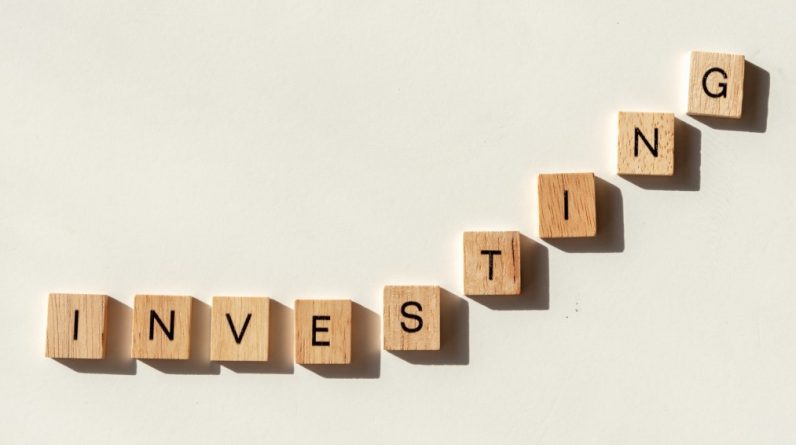
Like many types of advertising, a Facebook ad is only as good as its copywriter.
You could be promoting a high-converting campaign from MaxBounty and have an endless budget to work with, but if your copy is weak, you can expert your conversions to be too.
Learning to write better Facebook ads requires you to learn both classic copywriting skills and a few new-age tips. We put together the seven that have the greatest chance of improving your ad writing skills in the shortest amount of time. We also threw in some examples of big brands using our suggestions in their own Facebook ads.
Let’s forget about targeting, split-testing, and ad platform features for a day and focus solely on writing great Facebook ad copy.
1. Spark some curiosity
Giving users a reason to click on your ad will make them more likely to click on your ad. Seems obvious enough.
The goal here is to create enough intrigue that the user feels like the story of your ad is incomplete. By clicking on your ad, they get to discover the ending.
However, there’s an importance balance to keep in mind.
If you go too far into blatant persuasion, you’ll enter the realm of click bait. This will make your ad come off as illegitimate and untrustworthy to most users. If Facebook notices, you could even face penalization.
Congratulations, you caught someone’s attention but unfortunately it was Facebook’s compliance team.
Here’s how to do it the right way.
Example:

Notice the last bit of copy in the above Lulu Lemon ad: “gift ideas packed with possibilities”
A line like that automatically makes the brain ask itself: “What gifts?” “What possibilities?”
It creates intrigue, and that’s one of the most powerful ways to get a user to your landing page.
Try to utilize the same approach by putting the “ending” of your message on your landing page. Just remember to lose the “You won’t believe what happens next!”.
2. Use simple language
Eight seconds. That’s the average Facebook user’s attention span according to a recent study.
It’s time to avoid the thesaurus and forget your impressive vocabulary, you need to keep things simple.
The best approach is to write short sentences that clearly communicate your message. Every word should have a purpose.
When possible, you can also use numbers to communicate information efficiently.
Many users will not read every word in your copy. They’ll just skim through and process what they deem important. Numbers are almost guaranteed to be one of those things as they’re so easy for us to mentally consume.
Instead of saying “This product works twice as quick as its previous version.” you should say “This products works 100% quicker than its previous version.” Your message of increased product speed will be understood sooner with the latter approach, and time is of the essence in digital avertising.
Example:

Although the copy is a little long. The above IKEA ad utilizes simple language and numbers to delivers its message.
The Question > Quick Answer > Stats > Call to Action structure has a natural flow when you read it, and each component makes sure not to overstay its welcome.
3. Communicate urgency
Procrastination can plague us all. To loosen its grasp, we sometimes need a little extra motivation.
You want your ad to coax your audience into acting now rather than later. That’s accomplished through copy that conveys the need for urgency.
You want to hit the user with just the right amount of FOMO so that they feel the need to enter your sales funnel immediately.
Here’s a few ways you can do that:
- Use words that create a tightened sense of time like “now”, “soon “, and “today”
- Use a call to action with a limited life span like “sign up before time runs out”
- Use lines that elicit a fear of missing out like “it’s your last chance” and “don’t miss out”
Example:

This ad from Sephora goes all in on the FOMO approach, even using the term directly in the copy. It’s short, to the point, and succeeds at creating a sense of urgency by directly telling the user not to miss out on brand new products.
Emojis
4. Ensure your ad is cohesive
Many Facebook ads fail because there’s a disconnection between the copy and ad image. This can confuse the user and mae them wonder what exactly is being advertised. That’s a conversion killer.
Fortunately, although a frequent and costly mistake, it’s one that’s easy to avoid.
Here’s a simple exercise you can do to ensure your ad image and copy are always a match made in heaven:
Read over your copy and then write down the first five images that come to your mind when doing so. If possible, ask a friend to now do the same. If your image does not contain any components that immediately came to you and/or your friend’s mind, it’s likely that your ad lacks cohesion.
Example:

The copy in this La-Z-Boy ad makes you envision a festive, warm, and inviting living room with a comfy couch as its centerpiece. The image delivers exactly that. It then ups the ante by adding a dog and blanket. It’s the epitome of cozy.
It works because the two components perfectly connect. The messages being conveyed in each are synonymous with each other, avoiding any confusion about the ad’s trying to say.
5. Focus on the user
It’s understandable to think that users want to know why a product is great. If they’re aware of its cutting-edge technology or low price-point, then how can they not click buy, right?
Not exactly.
Promoting the features of a product or service simply doesn’t catch eyes. That’s because you’re not including the user in your message. They’re not a character in your story and that’s just not very exciting.
Instead, let them know what’s in it for them.
Focus on communicating the true value of what it is you’re promoting and the positive impact it can have on the user’s life.
Use “You”, “Your”, and “You’re” in your copy so that they see themselves as the main character of your story.
Example:

This ad from Fender Guitars does a great job of keeping the focus on the user.
It clearly communicates how they would benefit by whats being advertised, while lines like “find your perfect bass” and “fit your style and need” ensure the user feels accommodated.
The simplest way to remember this is benefits > features.
6. Use Emojis
Emojis are great at accomplishing two things that are important in any Facebook ad:
- Drawing attention to your ad copy
- Saving you space by communicating something quickly through an image
They can also personalize your ad, making the user feel like they’re receiving a message from a friend rather than an advertiser.
The only time we don’t recommend using them is if your ad deals with serious subject matter. It’s probably best to leave them out of your copy if you’re advertising a funeral service…
Example:

This Dunkin’ Donuts ad effectively uses emojis to communicate important elements of its message. The present emoji hits on the gift-giving angle while the coffee emoji reinforces the product that’s being advertised.
Try using emojis in a similar fashion in your next ad.
7. Use a single call-to-action.
You’re likely already aware that a strong CTA (call-to-action) is arguably the most important component of any ad. However, it is possible to over think this crucial element to the point where the user is confused about what you want from them.
To avoid this mistake, determine a singular CTA and stick to it.
If the goal of of your ad is to get someone to sign up, ensure you use language that reinforces that request.
A good place to start is determining which Facebook button you will use at the bottom of your ad. You can then use that to guide your call-to-action in the actual copy.
Example:

It’s clear that the purpose of this Microsoft Store ad is to get users to register to their virtual winter camps. The word “register” is even used twice, both at the end of the body copy and in the call-to-action area at the bottom.
The “Learn More” button works well enough, but this ad could have potentially been approved by using the “Sign up” button. This would have fit better with the register-based CTA in the rest of the ad.
Try any or all of these strategies when writing your next Facebook ad to create persuasive, clear, ad copy that increases conversions.
The post 7 Tips for Writing Facebook Ads that Convert (w/ Examples) appeared first on MaxBounty Blog.





